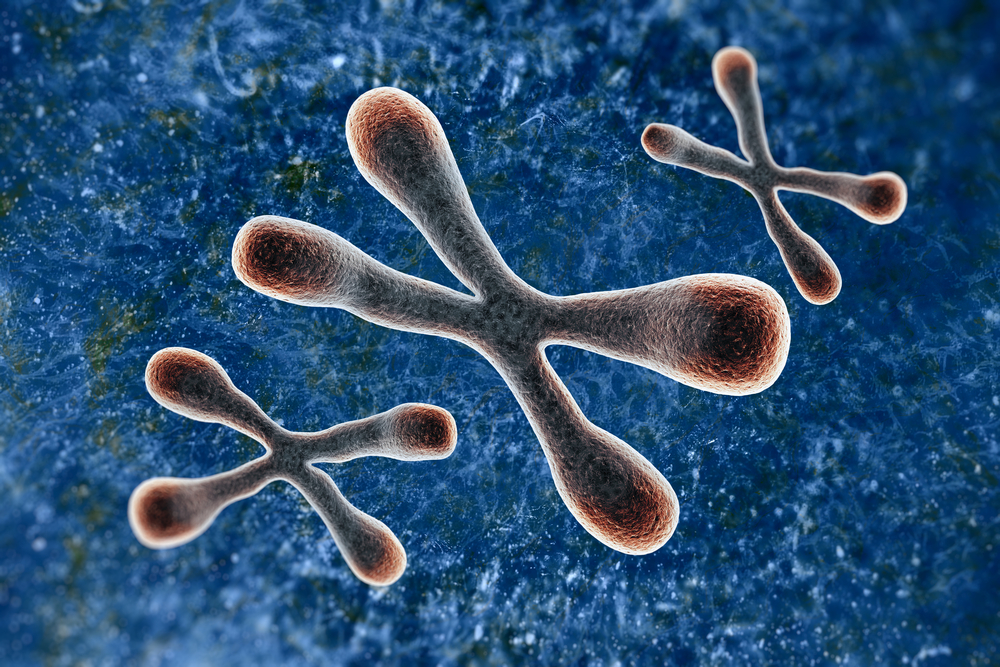Gene Therapy Paper on Repair in Hemophilia B Reviewed

Researchers at the Center for Research in Transplantation and Immunology in France have reviewed a paper concerning certain strategies utilized to correct hemophilia B and the importance of gene delivery vehicles in successful therapies for treatment of the condition.
The review paper, “Successful correction of hemophilia by CRISPR/Cas9 genome editing in vivo: delivery vector and immune responses are the key to success,” was published in EMBO Molecular Medicine.
Hemophilia B, which affects one in 25,000 to 30,000 males throughout the world, is a serious blood clotting condition caused by mutations in a gene called factor IX. It is rare for females to get the condition.
Recently, gene therapy has emerged as a potential therapeutic option for hemophilia B, where replacement of the clotting factor by 1–2% is shown to enhance quality of life and reconstitution of the clotting factor by 5–20% improves the blood clotting problems.
Among the gene therapeutic approaches tested, each aims to repair function of the gene while reducing side effects, such as cell toxicity, changes in the genome, or initiation of serious immune responses. The authors of the review focused on the recently published paper by Guan et al (2016).
One of the gene therapy strategies in the paper is based on recombinant adeno-associated virus (rAAV), which contained no genome editing. The restoration of altered genes requires the introduction of sequence in DNA, which depends on the delivery technique. rAAV were successfully used in hemophilia B mice model to produce factor IX. The clinical gene therapy studies performed on hemophilia B adult patients showed outstanding results for a 5-year treatment.
Another method used for gene repair involves site-specific insertion to directly introduce the corrected sequence into the defective gene. The advantage of this method is the ability to be selective but its drawbacks consist of inflammation and immune responses against the gene repair components. The authors suggest combining it with rAAV due to its high efficacy and safety profile of any viral vector.
A third strategy mentioned by the authors relies on the hydrodynamic injection already performed using DNA vector of pigs or humans and AAV vectors of non-human primates. A “vector” is a vehicle used to deliver genetic material to a cell. However, the method is still not yet clinically feasible.
The authors concluded: “All the above-mentioned strategies have the clinical potential to also treat hemophilia A, which is more common than hemophilia B, as well as several liver genetic diseases. The paper by Guan et al (2016) is therefore important and encouraging and illustrates how the gene delivery vehicle and the role of immune responses are of key importance in the efficacy, biosafety, and duration of successful therapeutic genome editing.”






